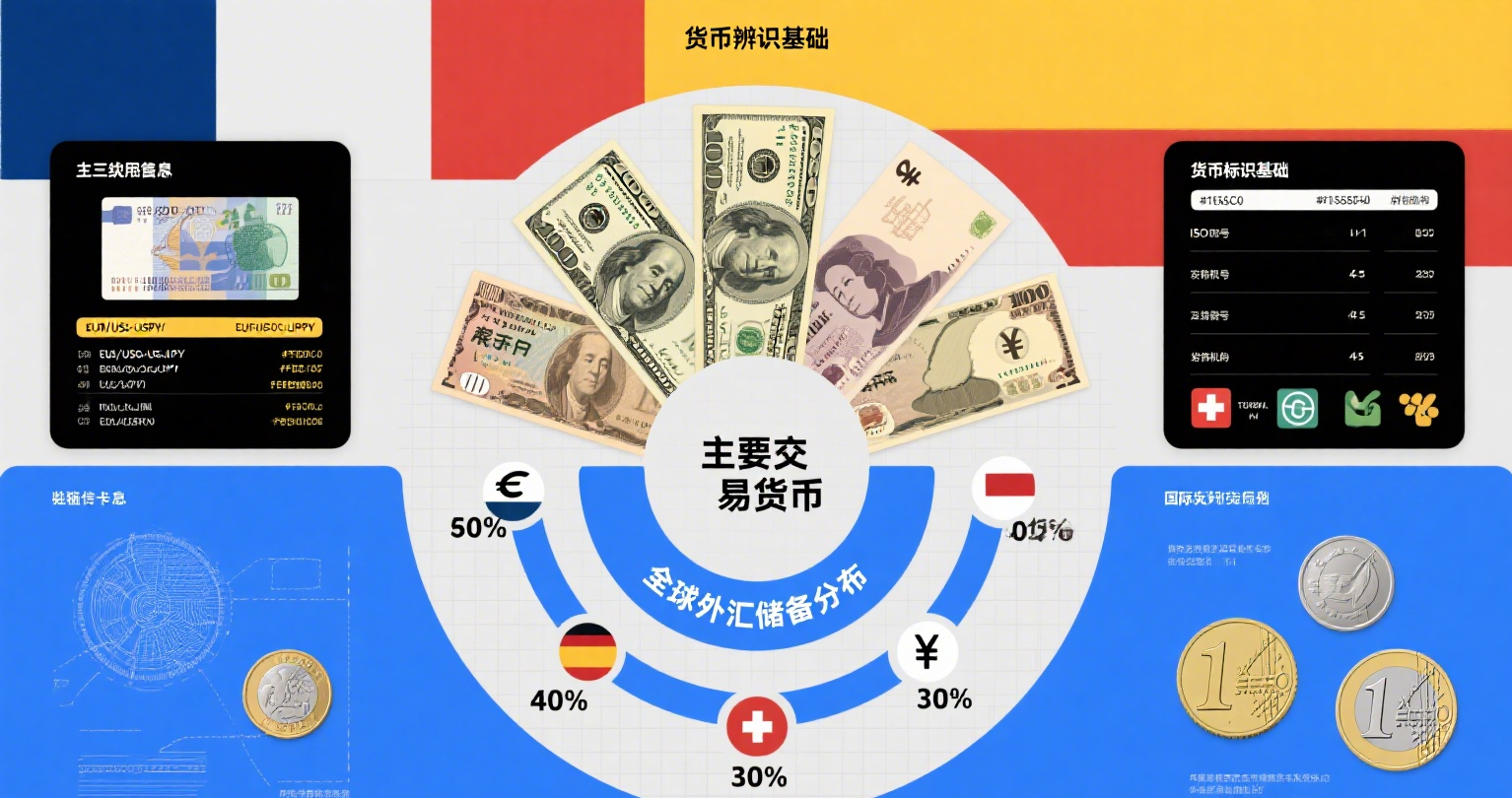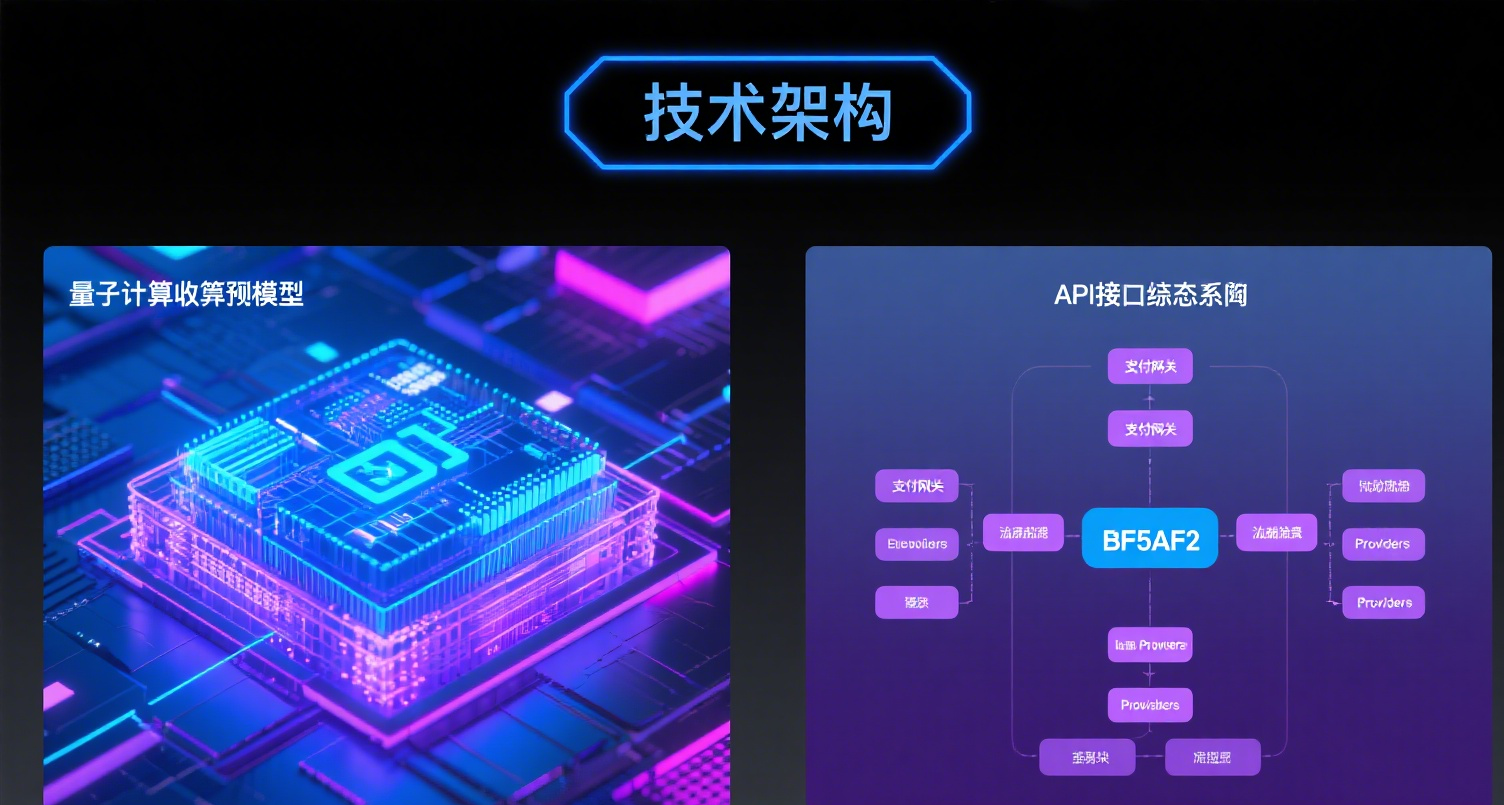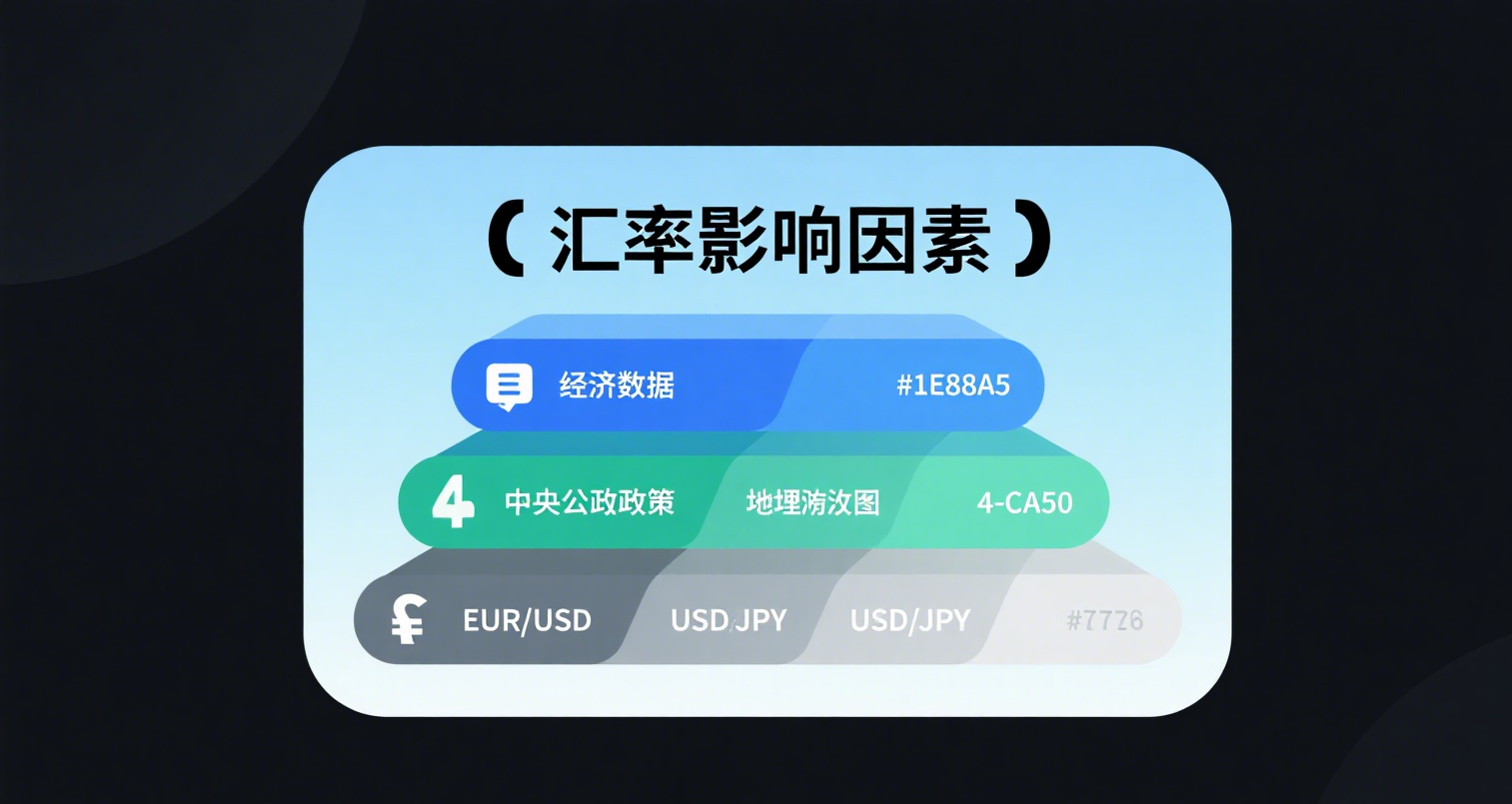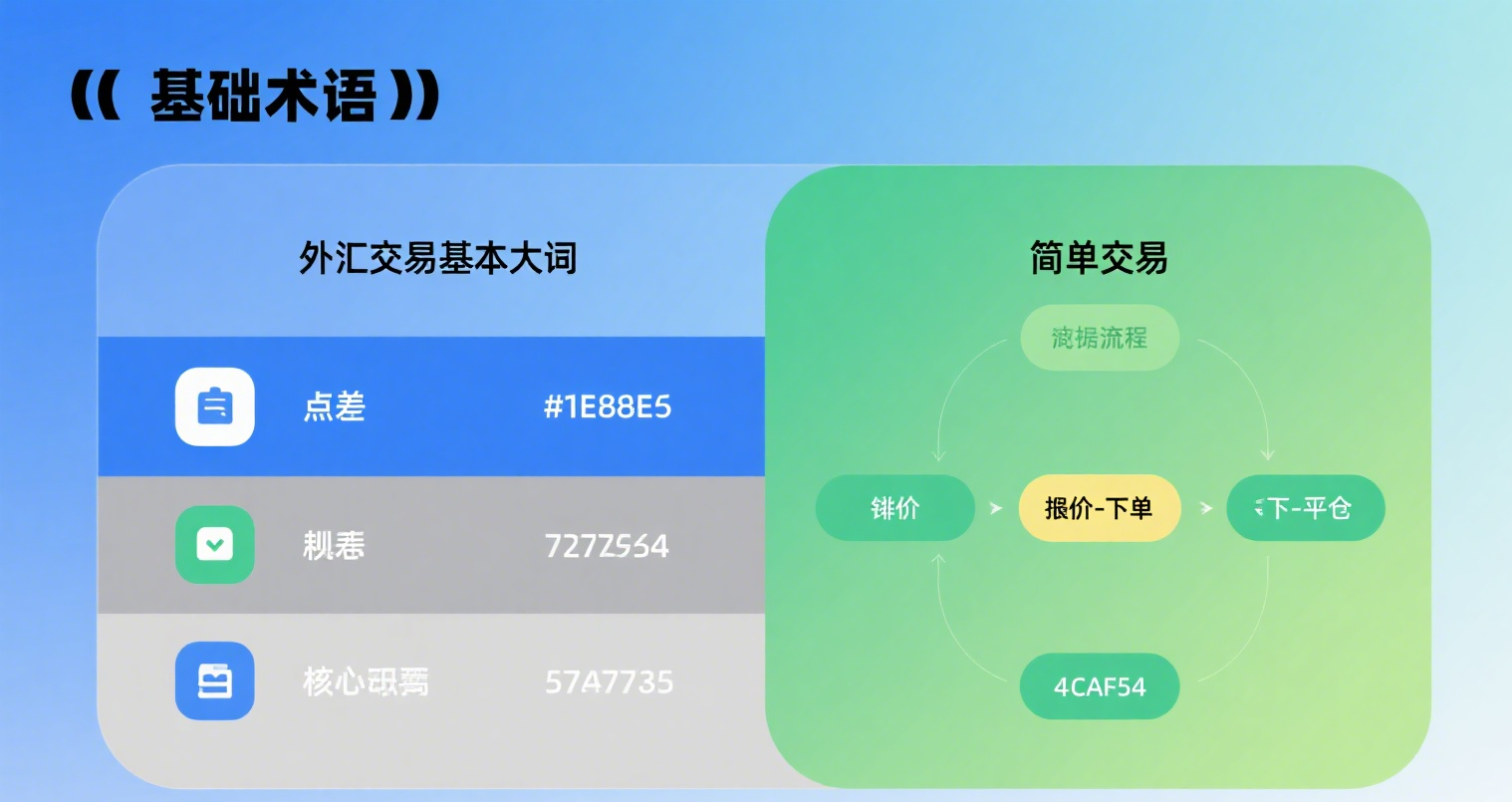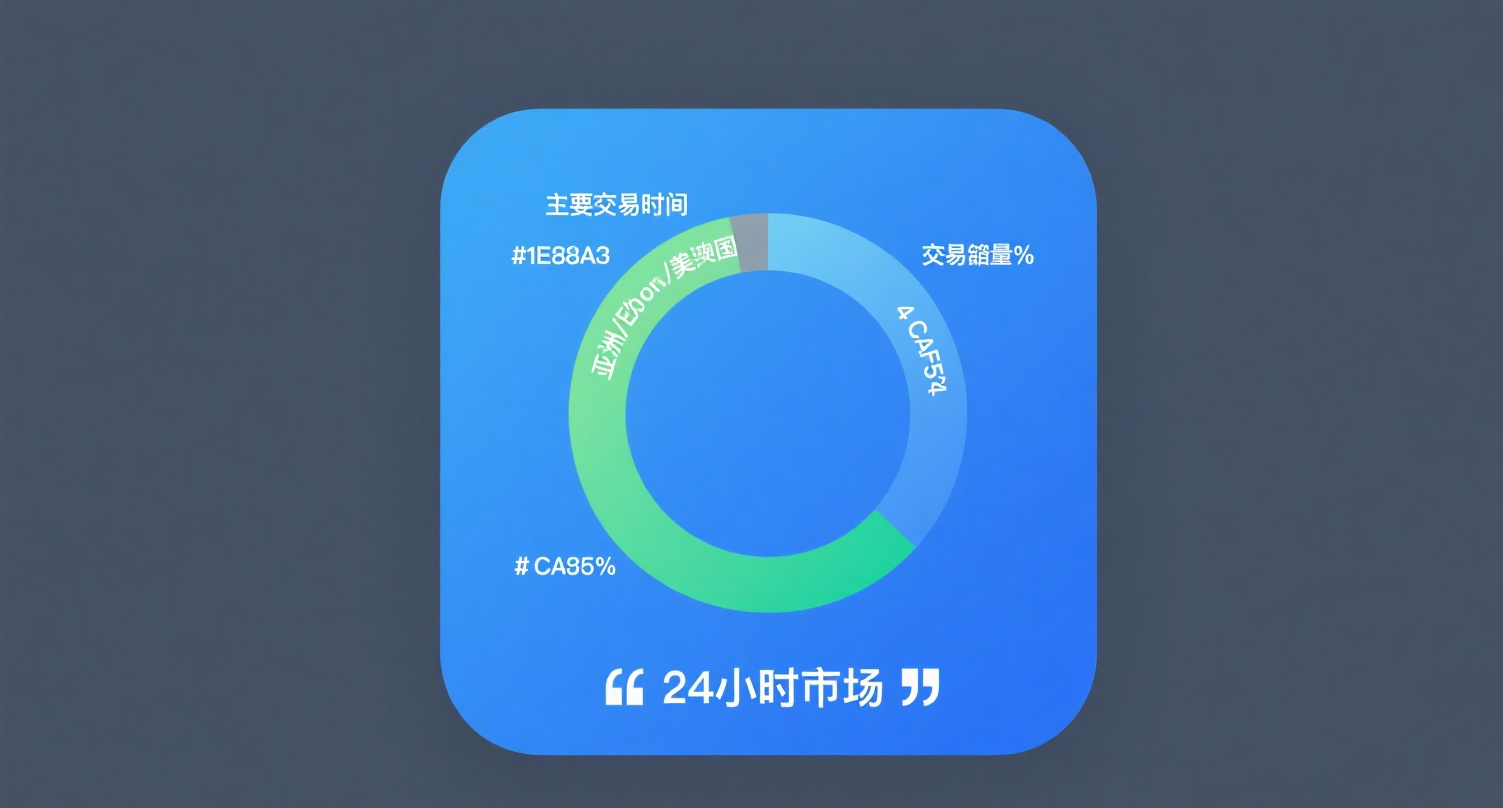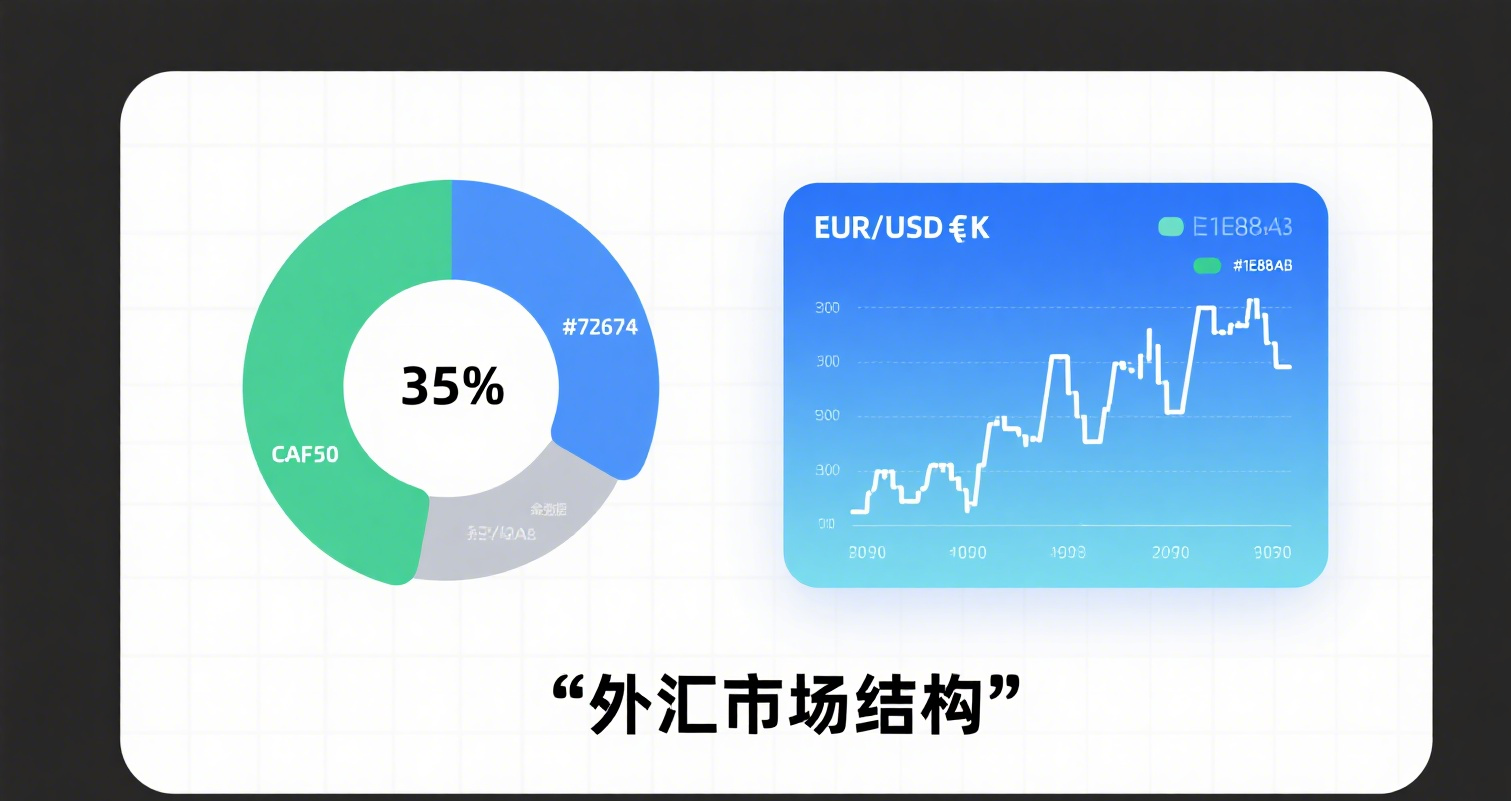
How to Identify and Trade the Leading Stocks Mid-Session?
The market rotates every day—agriculture the day before yesterday, military industry yesterday, and foreign trade today. Each day has its strongest theme, but the continuity is poor, making trading quite exhausting.
Some traders prefer next-day right-side trading, meaning they plan their trades the night before and execute them the next day based on actual conditions. However, in a rotating market, this approach can be very passive: the good stocks are hard to buy, and the ones you can buy often underperform, making sustained gains difficult.
So, for those who can monitor the market in real-time, how can they execute mid-session trades? We predict that in an era dominated by quantitative trading, mid-session trading may become the mainstream, while pure right-side trading opportunities will become increasingly scarce.
To excel in intraday trading, the key lies in understanding the market's daily direction of attack and the联动性 (联动性) between stocks, along with thorough post-market analysis.
How can we identify daily opportunities through the opening auction? In practice, this is a form of intraday trading—using the auction to gauge the market's likely direction of attack for the day and then targeting individual stock opportunities in that sector. These opportunities generally fall into two categories: aggressive traders focus on leading stocks, while steady traders opt for trending stocks.
Take agriculture as an example. By observing the opening auction, we might determine that the market's direction of attack is likely agriculture. So, which stocks are the leaders in agriculture? Which are the trending stocks?
This requires post-market analysis. Ordinary traders can't react quickly enough, so these stocks must be identified the day before. List the core stocks in recently active sectors, so you can act immediately when opportunities arise.
In agriculture, the core leading stock might be Meinong Biology, while the strong trending stock could be Honghui Fruits and Vegetables (Beidahuang emerged later). For traders focusing on leading stocks, these two would be the priority targets.
Once the sector and stocks are selected, how should the trades be executed? Some might worry: what if the sector doesn't perform as expected? Buying at a high price risks catching the top.
The solution is to enter after a pullback. For example: if a stock opens high but weakens, then stabilizes above the opening price or the moving average, that’s the entry point! Those interested can study the intraday charts of Feilida and Haioo Residential.
Of course, the above discussion assumes the opening auction reveals the day's direction. But what if the auction shows no clear signal? Then we must rely on real-time sector movements, which leaves even less time to react. By the time you notice, the best stocks may already be limit-up, leaving you empty-handed. This makes post-market analysis even more critical—identify leading stocks in active sectors beforehand and add them to your watchlist. When the sector shows movement, seize the opportunity for mid-session trading.
In an era dominated by quantitative trading, all we can do is adapt and follow. Mid-session trading will be a key focus moving forward, and these are our latest reflections on the matter.







